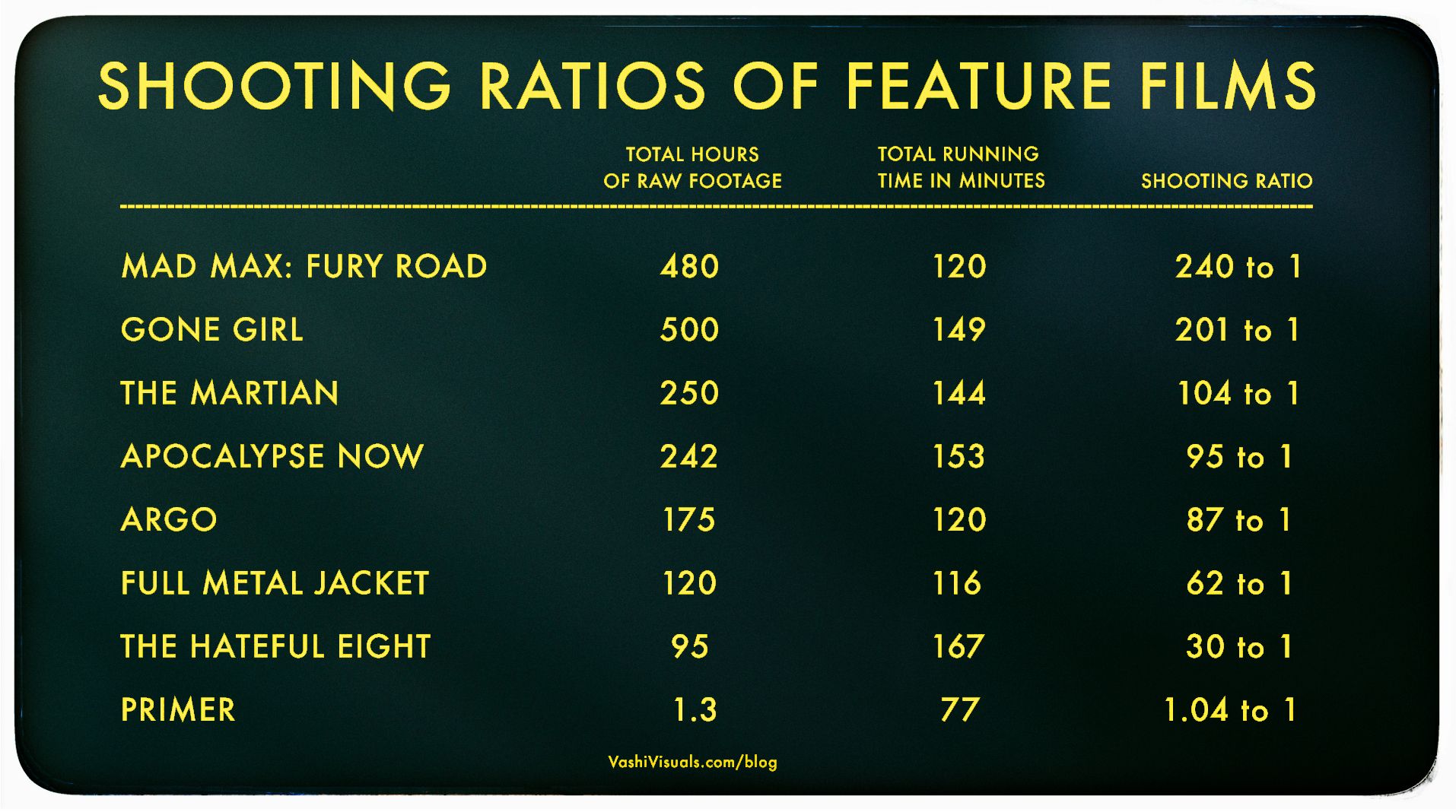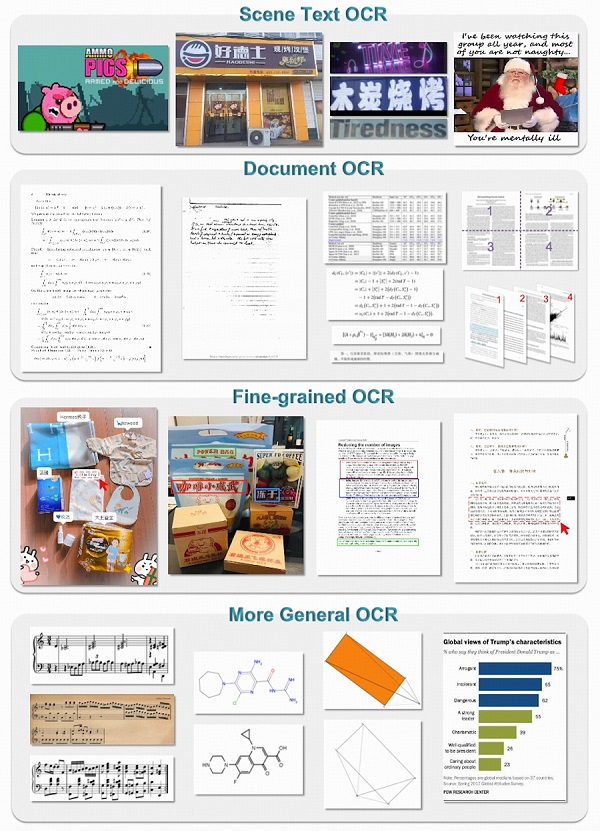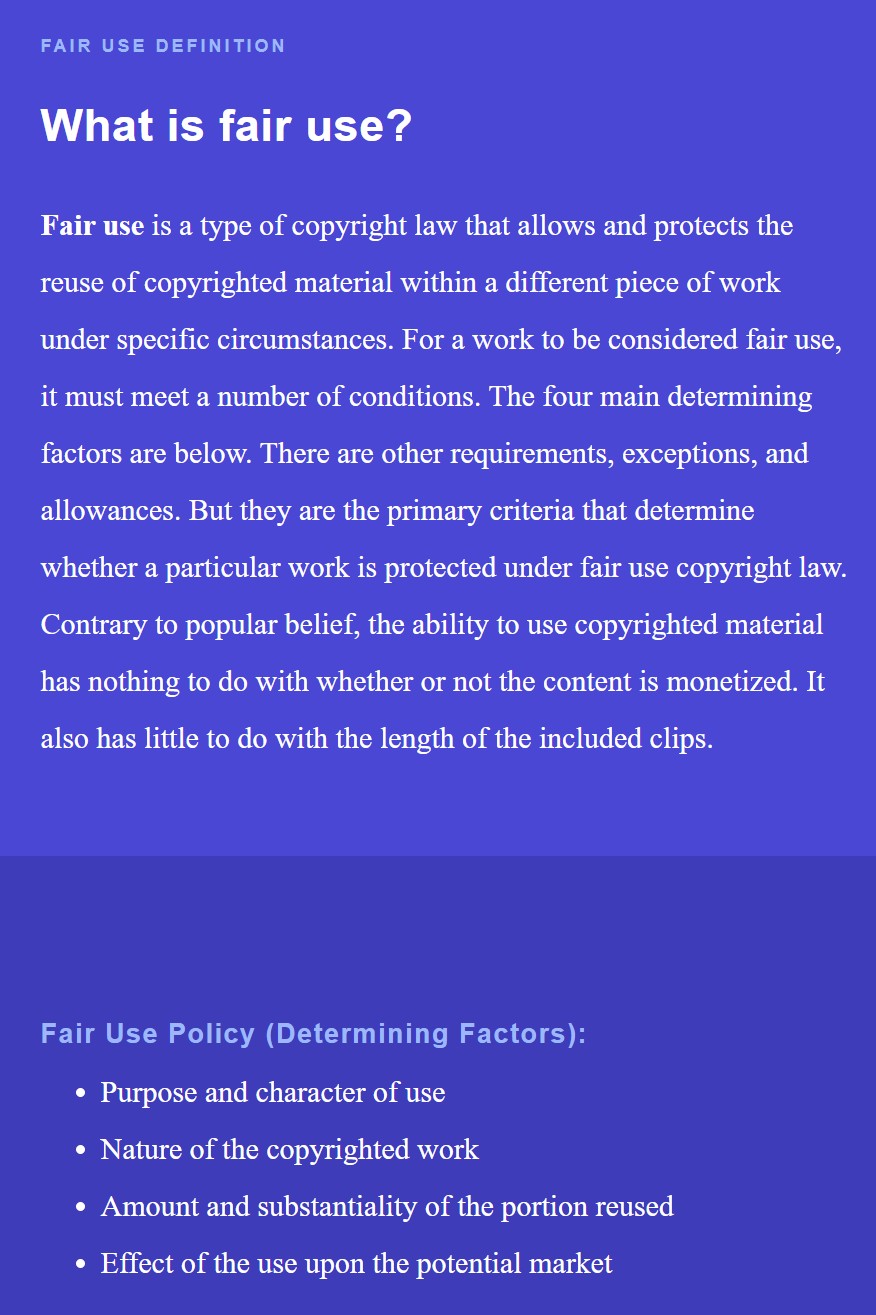BREAKING NEWS
LATEST POSTS
-
HumanDiT – Pose-Guided Diffusion Transformer for Long-form Human Motion Video Generation
https://agnjason.github.io/HumanDiT-page
By inputting a single character image and template pose video, our method can generate vocal avatar videos featuring not only pose-accurate rendering but also realistic body shapes.
-
DynVFX – Augmenting Real Videoswith Dynamic Content
Given an input video and a simple user-provided text instruction describing the desired content, our method synthesizes dynamic objects or complex scene effects that naturally interact with the existing scene over time. The position, appearance, and motion of the new content are seamlessly integrated into the original footage while accounting for camera motion, occlusions, and interactions with other dynamic objects in the scene, resulting in a cohesive and realistic output video.
https://dynvfx.github.io/sm/index.html
-
ByteDance OmniHuman-1
https://omnihuman-lab.github.io
They propose an end-to-end multimodality-conditioned human video generation framework named OmniHuman, which can generate human videos based on a single human image and motion signals (e.g., audio only, video only, or a combination of audio and video). In OmniHuman, we introduce a multimodality motion conditioning mixed training strategy, allowing the model to benefit from data scaling up of mixed conditioning. This overcomes the issue that previous end-to-end approaches faced due to the scarcity of high-quality data. OmniHuman significantly outperforms existing methods, generating extremely realistic human videos based on weak signal inputs, especially audio. It supports image inputs of any aspect ratio, whether they are portraits, half-body, or full-body images, delivering more lifelike and high-quality results across various scenarios.
-
Conda – an open source management system for installing multiple versions of software packages and their dependencies into a virtual environment
https://anaconda.org/anaconda/conda
https://docs.conda.io/projects/conda/en/latest/user-guide/getting-started.html
NOTE The company recently changed their TOS and this service now incurs into costs for teams above a threshold.
Use MicroMamba instead. -
Vashi Nedomansky – Shooting ratios of feature films
In the Golden Age of Hollywood (1930-1959), a 10:1 shooting ratio was the norm—a 90-minute film meant about 15 hours of footage. Directors like Alfred Hitchcock famously kept it tight with a 3:1 ratio, giving studios little wiggle room in the edit.
Fast forward to today: the digital era has sent shooting ratios skyrocketing. Affordable cameras roll endlessly, capturing multiple takes, resets, and everything in between. Gone are the disciplined “Action to Cut” days of film.https://en.wikipedia.org/wiki/Shooting_ratio

-
General OCR Theory – Towards OCR-2.0 via a Unified End-to-end Model – HF Transformers implementation
https://huggingface.co/stepfun-ai/GOT-OCR-2.0-hf
GOT-OCR2 works on a wide range of tasks, including plain document OCR, scene text OCR, formatted document OCR, and even OCR for tables, charts, mathematical formulas, geometric shapes, molecular formulas and sheet music.

-
QNTM – Developer Philosophy
- Avoid, at all costs, arriving at a scenario where the ground-up rewrite starts to look attractive
- Aim to be 90% done in 50% of the available time
- Automate good practice
- Think about pathological data
- There is usually a simpler way to write it
- Write code to be testable
- It is insufficient for code to be provably correct; it should be obviously, visibly, trivially correct

-
Arminas Valunas – “Coca-Cola: Wherever you are.”
Arminas created this using Juggernaut Xl model and QR Code Monster SDXL ControlNet.
His pipeline:
Static Images – Forge UI.
Upscaled with Leonardo AI universal upscaler.
Animated with Runway ML and Minimax.
Video upscale – Topaz Video AI.
Composited in Adobe Premiere.
Juggernaut Xl download here:
https://civitai.com/models/133005/juggernaut-xl
QR Code Monster SDXL:
https://civitai.com/models/197247?modelVersionId=221829
FEATURED POSTS
-
AI and the Law – studiobinder.com – What is Fair Use: Definition, Policies, Examples and More
https://www.studiobinder.com/blog/what-is-fair-use-definition
“If you produce YouTube content or do any work with intellectual property or copyrighted material, then a thorough understanding of fair use copyright law may be absolutely vital.”
“Fair Use is a branch of copyright law relating to the reuse and reproduction of copyrighted material.”

Fair Use Policy (Determining Factors):
- Purpose and character of use
- Nature of the copyrighted work
- Amount and substantiality of the portion reused
- Effect of the use upon the potential market
-
Photography basics: Color Temperature and White Balance
Color Temperature of a light source describes the spectrum of light which is radiated from a theoretical “blackbody” (an ideal physical body that absorbs all radiation and incident light – neither reflecting it nor allowing it to pass through) with a given surface temperature.
https://en.wikipedia.org/wiki/Color_temperature
Or. Most simply it is a method of describing the color characteristics of light through a numerical value that corresponds to the color emitted by a light source, measured in degrees of Kelvin (K) on a scale from 1,000 to 10,000.
More accurately. The color temperature of a light source is the temperature of an ideal backbody that radiates light of comparable hue to that of the light source.
(more…)
-
Gamma correction

http://www.normankoren.com/makingfineprints1A.html#Gammabox
https://en.wikipedia.org/wiki/Gamma_correction
http://www.photoscientia.co.uk/Gamma.htm
https://www.w3.org/Graphics/Color/sRGB.html
http://www.eizoglobal.com/library/basics/lcd_display_gamma/index.html
https://forum.reallusion.com/PrintTopic308094.aspx
Basically, gamma is the relationship between the brightness of a pixel as it appears on the screen, and the numerical value of that pixel. Generally Gamma is just about defining relationships.
Three main types:
– Image Gamma encoded in images
– Display Gammas encoded in hardware and/or viewing time
– System or Viewing Gamma which is the net effect of all gammas when you look back at a final image. In theory this should flatten back to 1.0 gamma.
(more…)






